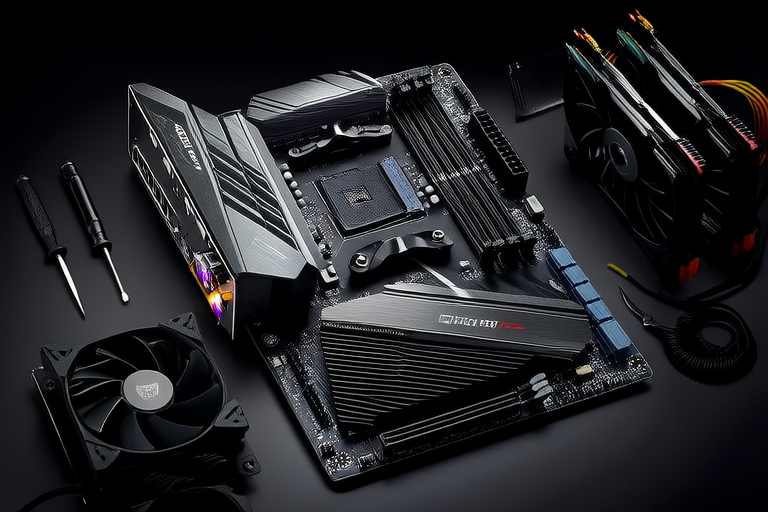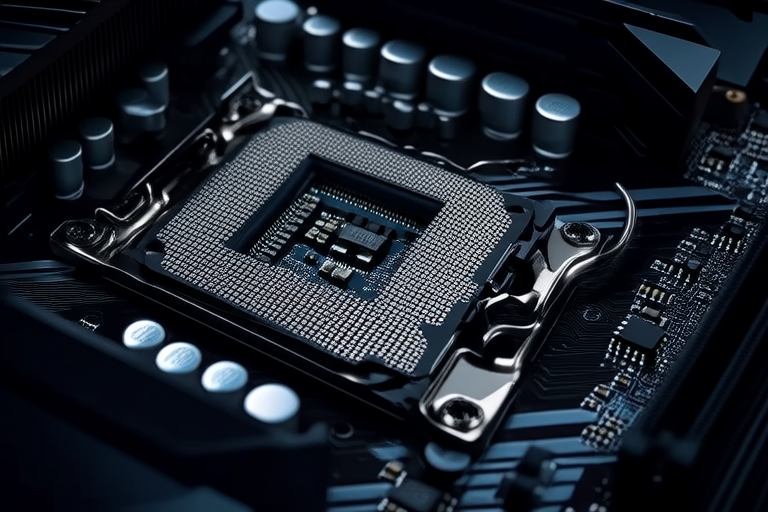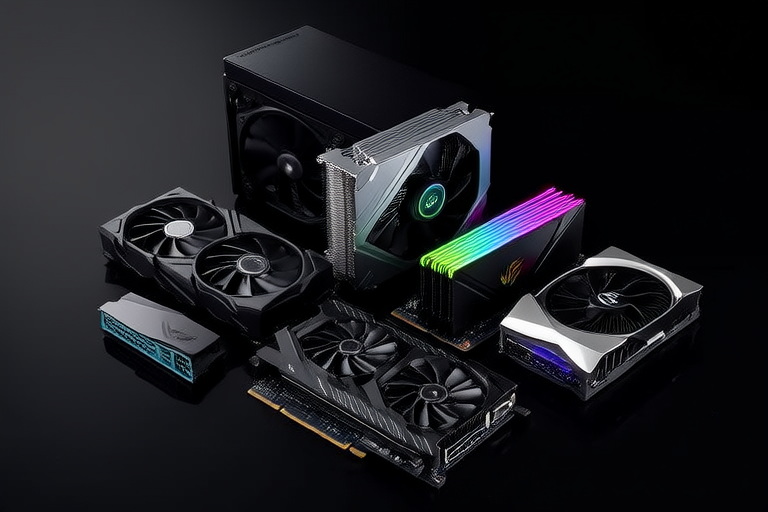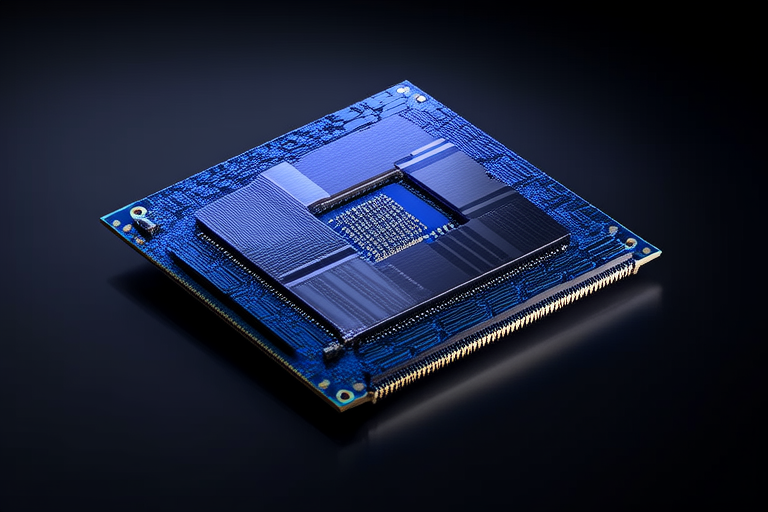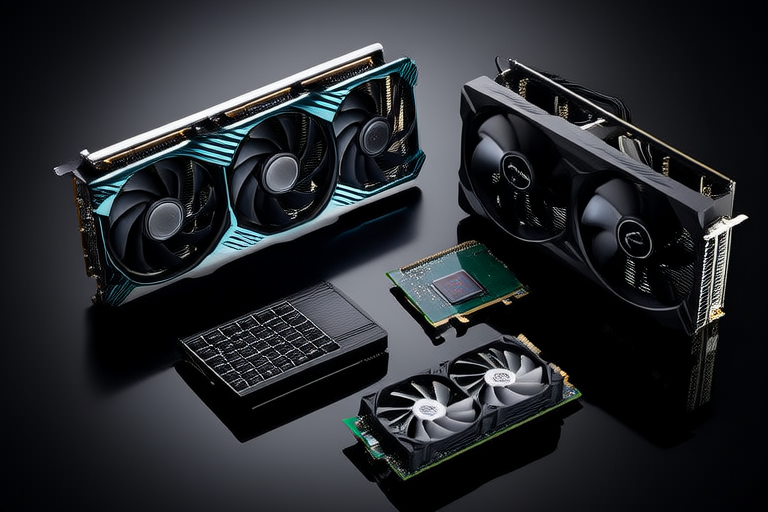The Ultimate Guide to Building Your Dream PC: Hardware Edition
Building your own PC can be an incredibly rewarding experience, offering the perfect blend of customization, performance, and cost-effectiveness. Whether you’re a first-time builder or someone looking to upgrade their existing system, understanding how to select and assemble the right hardware components is key to creating a machine tailored to your needs. In this guide, we’ll walk you through every critical component, from the CPU to the case, while offering tips on balancing performance, budget, and compatibility.
Choosing the Right CPU
The central processing unit (CPU) is the brain of your computer, responsible for executing instructions and managing tasks. Selecting the right CPU sets the foundation for your build.
Intel vs. AMD
The two major players in the CPU market are Intel and AMD. Both offer a wide range of processors catering to different budgets and use cases. Intel CPUs are often praised for their strong single-core performance, making them ideal for gaming, while AMD processors typically provide better multi-core performance at a lower price, which is advantageous for content creation and multitasking.
Core Count and Clock Speed
Modern CPUs come with multiple cores and threads, allowing them to handle more tasks simultaneously. For gaming, a quad-core or hexa-core processor is usually sufficient, but for video editing or 3D rendering, consider CPUs with eight or more cores. Clock speed, measured in GHz, determines how fast each core operates. Higher clock speeds are beneficial for tasks that rely heavily on single-core performance.
Budget Considerations
Allocate around 20-25% of your total budget to the CPU. Mid-range options like the AMD Ryzen 5 or Intel Core i5 series strike a good balance between cost and performance for most users.
Selecting the Perfect GPU
The graphics processing unit (GPU) is crucial for gaming, video editing, and other graphically intensive tasks. It’s often the most expensive component in a build, so choosing wisely is essential.
NVIDIA vs. AMD
NVIDIA GPUs are known for their advanced features like ray tracing and DLSS, which enhance gaming visuals and performance. AMD GPUs, on the other hand, often provide better value for money, especially for 1080p and 1440p gaming.
VRAM and Resolution
Video RAM (VRAM) is vital for handling high-resolution textures and complex scenes. For 1080p gaming, 6GB of VRAM is sufficient, while 8GB or more is recommended for 1440p or 4K gaming. If you plan to game at ultra settings or work with 3D modeling, opt for a GPU with 10GB or more VRAM.
Budget-Friendly Options
If you’re on a tight budget, consider last-generation GPUs, which often deliver excellent performance at a reduced cost. Allocate around 25-30% of your budget to the GPU to ensure it complements your CPU.
Picking the Right Motherboard
The motherboard serves as the backbone of your PC, connecting all components and enabling communication between them. Choosing the right one ensures compatibility and future-proofing.
Socket Compatibility
Ensure the motherboard’s socket matches your CPU. For example, AMD Ryzen processors use AM4 or AM5 sockets, while Intel CPUs use LGA sockets like LGA 1200 or LGA 1700. Always check the motherboard’s specifications before purchasing.
Form Factor
Motherboards come in various sizes, including ATX, Micro-ATX, and Mini-ITX. ATX boards offer the most expansion slots and features, while smaller form factors are ideal for compact builds. Choose a size that fits your case and meets your needs.
Features to Look For
Consider features like PCIe slots for GPUs, M.2 slots for NVMe SSDs, USB ports, and Wi-Fi/Bluetooth capabilities. Allocate around 10-15% of your budget to the motherboard, ensuring it supports your desired hardware and future upgrades.
RAM: Speed, Capacity, and Dual-Channel
Random Access Memory (RAM) temporarily stores data that your CPU needs quick access to. The right amount and speed of RAM can significantly impact performance.
Capacity
For general use and gaming, 16GB of RAM is the sweet spot. Content creators and professionals working with large files may benefit from 32GB or more. Avoid going below 8GB unless you’re building a very basic system.
Speed and Timing
RAM speed, measured in MHz, affects how quickly data is transferred. Faster RAM can improve performance in certain applications, but diminishing returns occur beyond a certain point. Look for RAM with low CAS latency for better responsiveness.
Dual-Channel Configuration
Always install RAM in pairs to take advantage of dual-channel mode, which doubles the data transfer rate. Allocate around 10% of your budget to RAM, prioritizing capacity over speed for most use cases.
Storage Solutions: SSDs and HDDs
Storage is where your operating system, applications, and files reside. Balancing speed and capacity is crucial for an efficient system.
SSDs vs. HDDs
Solid-state drives (SSDs) are much faster than traditional hard disk drives (HDDs), making them ideal for your OS and frequently used programs. HDDs, while slower, offer larger capacities at a lower cost, making them suitable for bulk storage.
NVMe vs. SATA SSDs
NVMe SSDs connect via the PCIe interface and offer significantly faster read/write speeds compared to SATA SSDs. Use an NVMe drive for your primary storage if your motherboard supports it, and supplement with a SATA SSD or HDD for additional space.
Recommended Setup
A common configuration is a 500GB-1TB NVMe SSD for the OS and applications, paired with a 2TB HDD for media and backups. Allocate around 10% of your budget to storage, prioritizing speed for your primary drive.
Power Supply: Wattage and Efficiency
The power supply unit (PSU) provides electricity to all components. A reliable PSU ensures stable performance and protects your hardware.
Wattage Requirements
Calculate your system’s power needs based on the components. A mid-range build typically requires a 500W-650W PSU, while high-end systems with powerful GPUs may need 750W or more. Use online calculators to estimate your requirements.
Efficiency Ratings
Look for PSUs with 80 Plus certifications (Bronze, Silver, Gold, etc.), which indicate energy efficiency. Gold-rated PSUs are a good balance of cost and performance for most builds.
Modular vs. Non-Modular
Modular PSUs allow you to connect only the cables you need, reducing clutter. Semi-modular PSUs strike a balance by including essential cables permanently attached. Allocate around 10% of your budget to the PSU, prioritizing reliability over flashy features.
Cooling Solutions: Air vs. Liquid
Effective cooling prevents overheating and maintains optimal performance. Choose between air and liquid cooling based on your needs.
Air Coolers
Air coolers are affordable, reliable, and easy to install. They consist of a heatsink and fan(s) that dissipate heat from the CPU. High-quality air coolers like the Noctua NH-D15 are excellent for most builds.
Liquid Coolers
All-in-one (AIO) liquid coolers offer superior cooling performance and are ideal for overclocking or compact builds. They also provide a sleek aesthetic with customizable RGB lighting. However, they are more expensive and require regular maintenance.
Case Fans
In addition to CPU cooling, ensure your case has adequate airflow with front, top, and rear fans. Allocate around 5-10% of your budget to cooling, depending on your system’s thermal demands.
Selecting the Ideal Case
The case houses all your components and impacts airflow, aesthetics, and ease of assembly.
Form Factor
Choose a case that matches your motherboard’s form factor (ATX, Micro-ATX, or Mini-ITX). Full-tower cases offer maximum space for components and cooling, while mid-tower and mini-tower cases are more compact.
Airflow and Cable Management
Good airflow is essential for maintaining low temperatures. Look for cases with mesh panels, dust filters, and ample fan mounts. Cable management features like routing holes and tie-down points help keep your build tidy.
Aesthetics and Build Quality
Consider the case’s design, material, and available colors. Tempered glass side panels and RGB lighting are popular choices for showcasing your build. Allocate around 5-10% of your budget to the case, prioritizing functionality over aesthetics.
Tips for First-Time Builders
Building your first PC can seem daunting, but with careful planning, it’s a manageable and enjoyable process.
Research and Planning
Create a detailed parts list and verify compatibility using tools like PCPartPicker. Watch tutorials and read guides to familiarize yourself with the assembly process.
Tools and Workspace
Gather essential tools like a screwdriver, zip ties, and thermal paste. Work in a clean, well-lit area with plenty of space to organize components.
Patience and Precision
Take your time during assembly, double-checking connections and cable management. Handle components carefully to avoid static damage, and consult manuals for guidance.
Conclusion
Building your dream PC is a journey that combines technical knowledge with personal preferences. By carefully selecting each component—CPU, GPU, motherboard, RAM, storage, PSU, cooling, and case—you can create a system that meets your performance needs and budget. Remember to prioritize compatibility, balance your spending, and enjoy the process. With this guide, you’re well-equipped to embark on your PC-building adventure and craft a machine that truly reflects your vision.
